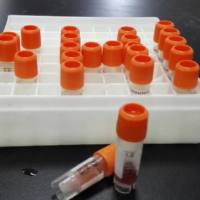FISH-BOL, A Case Study for DNA Barcodes
互联网
879
The FISH-BOL campaign was initiated in 2005, and currently has barcoded for the cytochrome c oxidase subunit I (COI) gene about 8,000 of the 31,000 fish species currently recognised. This includes the great majority of the world’s most important commercial species. Results thus far show that about 98% and 93% of marine and freshwater species, respectively, are barcode distinguishable. One important issue that needs to be more fully addressed in FISH-BOL concerns the initial misidentification of a small number of barcode reference specimens. This is unsurprising considering the large number of fish species, some of which are morphologically very similar and others as yet unrecognised, but constant vigilance and ongoing attention by the FISH-BOL community is required to eliminate such errors. Once the reference library has been established, barcoding enables the identification of unknown fishes at any life history stage or from their fragmentary remains. The many uses of the FISH-BOL barcode library include detecting consumer fraud, aiding fisheries management, improving ecological analyses including food web syntheses, and assisting with taxonomic revisions.









